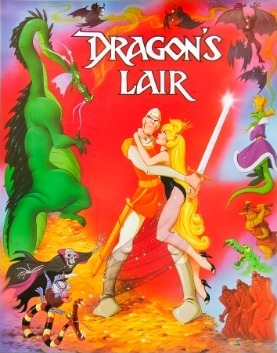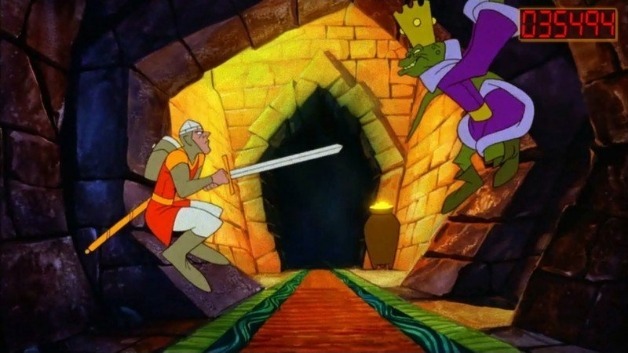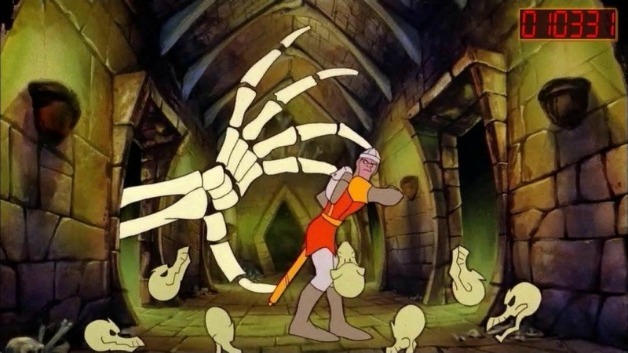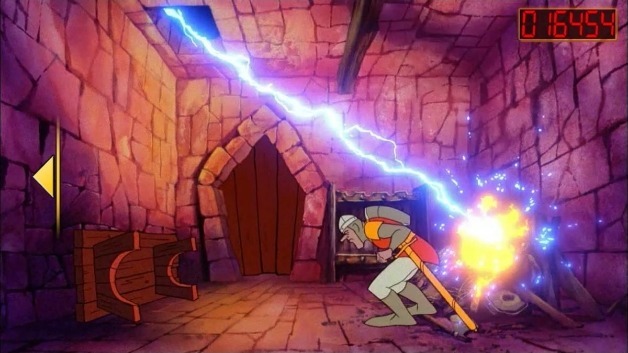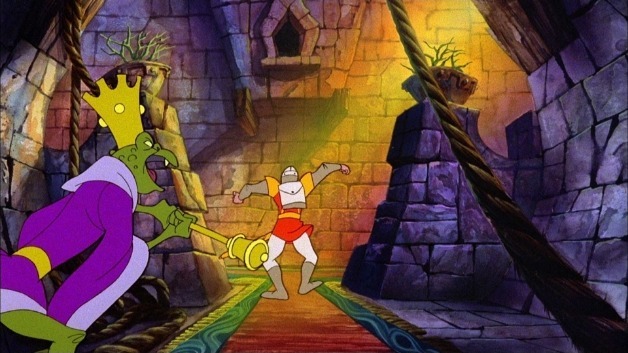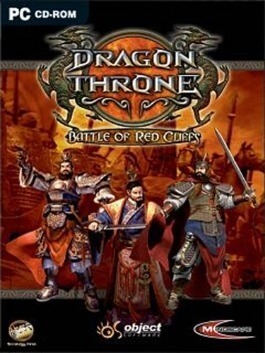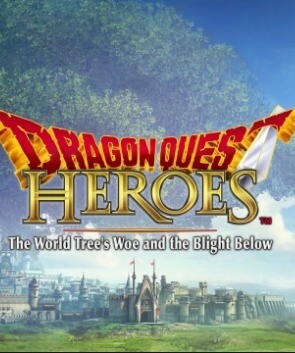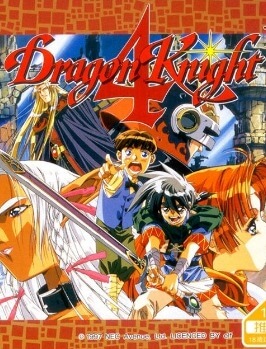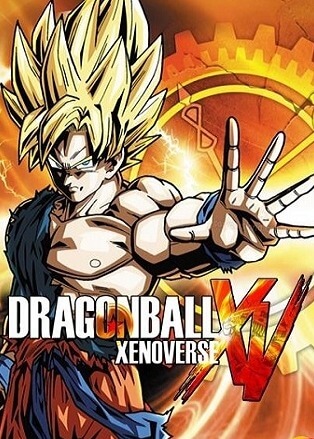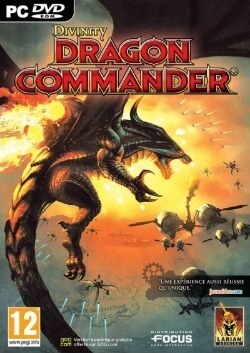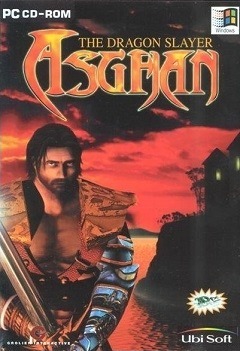The attract mode of the game displays various short vignettes of gameplay accompanied by the following narration: "Dragon's Lair: The fantasy adventure where you become a valiant knight, on a quest to rescue the fair princess from the clutches of an evil dragon. You control the actions of a daring adventurer, finding his way through the castle of a dark wizard, who has enchanted it with treacherous monsters and obstacles. In the mysterious caverns below the castle, your odyssey continues against the awesome forces that oppose your efforts to reach the Dragon's Lair. Lead on, adventurer. Your quest awaits!"
Development
Dragon's Lair began as a concept by Rick Dyer, president of Advanced Microcomputer Systems (which later became RDI Video Systems). A team of game designers created the characters and locations, then choreographed Dirk's movements as he encountered the monsters and obstacles in the castle. The art department at AMS created storyboards for each episode as a guide for the final animation. Dyer was inspired by the text game Adventure. This game gave rise to an invention he dubbed "The Fantasy Machine". This device went through many incarnations from a rudimentary computer using paper tape (with illustrations and text) to a system that manipulated a videodisc containing mostly still images and narration. The game it played was a graphic adventure, The Secrets of the Lost Woods. The game's concept as an interactive movie LaserDisc game was inspired by Sega's Astron Belt, which Dyer saw at the 1982 AMOA show.
Attempts to market The Fantasy Machine had repeatedly failed. Allegedly, an Ideal Toy Company representative walked out in the middle of one presentation. Dyer's inspiration allegedly came during his viewing of The Secret of NIMH, whereby he realized he needed quality animation and an action script to bring excitement to his game. He elected to take a reserved but unscripted location from The Secrets of the Lost Woods known as The Dragon's Lair.
The game was animated by veteran Disney animator and The Secret of NIMH director Don Bluth and his studio. Development was done on a shoestring budget, cost US$1.3 million and took seven months to complete. Since the studio could not afford to hire any models, the animators used photos from Playboy magazines for inspiration for the character Princess Daphne. The animators also used their own voices for all the characters instead of hiring voice actors in order to keep costs down, although it does feature one professional voice actor, Michael Rye, as the narrator in the attract sequence (he is also the narrator for Space Ace and Dragon's Lair II: Time Warp). The voice of Princess Daphne was portrayed by Vera Lanpher, who was head of the clean-up department at the time. Dirk the Daring's voice belongs to film editor Dan Molina, who later went on to perform the bubbling sound effects for another animated character, Fish Out of Water, from 2005's Disney film Chicken Little, which he also edited. Dirk shrieks or makes other noises on numerous occasions but speaks words only twice. First, he mutters "Uh, oh" when the platform begins to recede during the fire-swinging sequence, then he exclaims "Wow!" when first entering the Dragon's Lair and laying eyes on the slumbering Princess Daphne. The music and many sound effects were scored and performed by Chris Stone at EFX Systems in Burbank. Bryan Rusenko and Glen Berkovitz were the recording engineers. The 43 second "Attract Loop" was recorded in a straight 18-hour session. Featured instruments, all keyboards, were the E-mu Emulator and Memorymoog.
The original LaserDisc players shipped with the game (Pioneer LD-V1000 or PR-7820) often failed. Although the players were of good quality, the game imposed unusually high strain: LaserDisc players were designed primarily for playing movies, in which the laser assembly would gradually move across the disc as the data was read linearly. However, Dragon's Lair required seeking different animation sequences on the disc every few seconds—indeed, less than a second in some cases—as dictated by gameplay. The high amount of seeking, coupled with the length of time the unit was required to operate, could result in failure of the LaserDisc player after a relatively short time. This was compounded by the game's popularity. As a result, the LaserDisc player often had to be repaired or replaced. The life of the original player's gas laser was about 650 hours; although later models had solid state lasers with an estimated life of 50,000 hours, the spindle motor typically failed long before that. It is rare to find a Dragon's Lair game intact with the original player, and conversion kits have been developed so the units can use more modern players. The original USA 1983 game used a single side NTSC LaserDisc player manufactured by Pioneer; the other side of the disc was metal backed to prevent bending. The European versions of the game were manufactured by Atari under license and used single side PAL discs manufactured by Philips (not metal backed).
